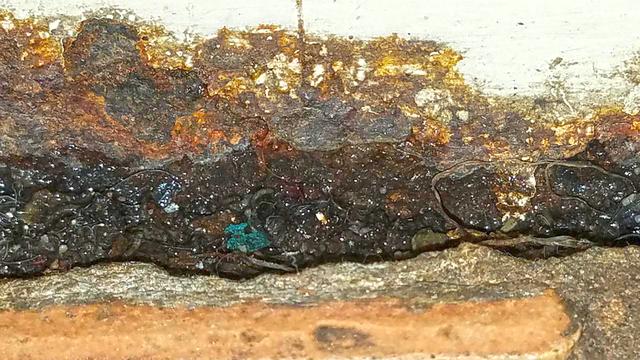Pest Removal & Attic Insulation Experts Serving Manchester Township, NJ
Pest Control & Home Repair Professional in Manchester Township
Cowleys Pest Services is Manchester Township, NJ's leading pest control and home repair contractor, offering a wide variety of services to keep your home healthy, efficient, and safe. We employ a customer-first philosophy when it comes to running our business, so you know you're getting only the best when you partner with us. We are committed to providing affordable, safe, and effective solutions for all your pest control and home repair needs.
Reliable services by Cowleys Pest Services:
- Pest Control
- Commercial Pest Services
- Wildlife Removal
- Bird Control Services
- RainDrop Gutter Guards
- Attic Insulation
- Crawl Space Encapsulation
- And more!
Ready to get started on your pest control or home repair project? Contact Cowleys Pest Services today at 1-732-897-9553 or click below to schedule a free, no-obligation estimate in Manchester Township and nearby.
Trusted Pest Control Company Proudly Serving Manchester Township
Have you been dealing with termites, cockroaches, or bed bugs in your Manchester Township home? At Cowleys Pest Services, we understand how unsettling it can be to discover that you have a pest problem. That's why our team works quickly to resolve your pest problem, using only the best pest control solutions in the industry. We've been helping homeowners remove pests since 1991, so we have the experience, solutions, and determination to fix your problem once and for all.
Pests we treat:
- Bed bugs
- Ants
- Bees & wasps
- Cockroaches
- Flies
- Mosquitoes
- Rodents
- And more!
Manchester Township Crawl Space Encapsulation Services
One way that pests can make their way into your home is through your crawl space. An unsealed crawl space also lets in moisture, leading to structural damage and mold and mildew growth. Structural damage results in uneven interior floors, which can become hazardous if not resolved. Mold and mildew growth can lead to increased asthma and allergy symptoms for you and your loved ones. Fortunately, Cowleys Pest Services offers a complete crawl space encapsulation system to keep your crawl space and the rest of your home dry, safe, structurally sound, and healthy.
Our crawl space encapsulation products:
- Vapor barriers
- Crawl space access doors
- Crawl space insulation
- Sump pumps
- Dehumidifiers
- Crawl space vent covers
Keep pests out and prevent structural damage with crawl space encapsulation by Cowleys Pest Services! Get in touch with us today at 1-732-897-9553 or fill out our online form to schedule a free crawl space encapsulation estimate in Manchester Township and nearby.




















